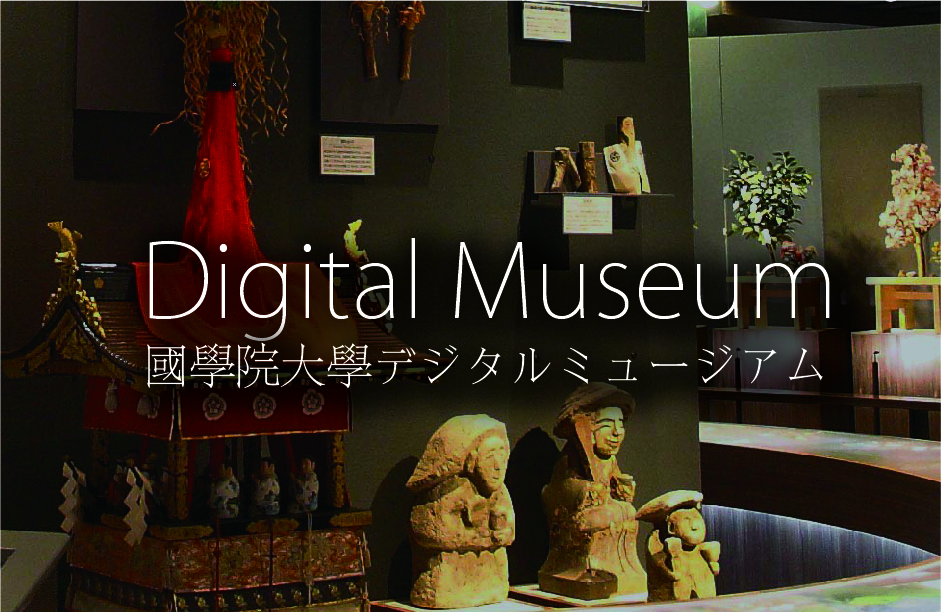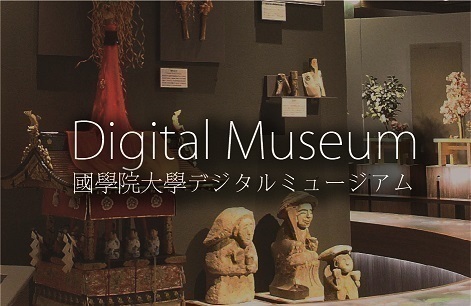- トップ
- Encyclopedia of Shinto
- Shaku
Encyclopedia of Shinto
| Main Menu: | |
| Links: |
詳細表示 (Complete Article)
| カテゴリー1: | 4. Jinja (Shrines) |
|---|---|
| カテゴリー2: | Ritual Implements and Vestments |
| Title | Shaku |
| Text | A ritual baton or scepter. While normally read "kotsu," the character 笏is read in Shinto as "shaku" due to a desire to avoid associations with the character "kotsu" meaning "bone." The shaku was originally a baton held in the right hand by court nobles when wearing formal attire (sokutai), but is now used as an accoutrement in Shinto clerical vestments (shinshoku no shōzoku). Shaku were originally prepared with a strip of paper with the order of the ritual written on it attached to the back as a memory aid. In time, they were used merely to add a sense of ritual formality to the vestments. According to the Taihō Code's "rules of clothing" (ifukurei), nobles above the fifth rank were permitted to have an ivory shaku, while those below the sixth rank were to use a shaku made of some variety of wood, such as oak (either kunugi or kashi), holly, sakaki, hinoki cypress, cherry, or cryptomeria. Engishiki, however, also permits those of the fifth rank and above to use shaku made of unfinished woods. Later, the use of wooden shaku became universal except for occasions calling for the style of clothing called raifuku. — Motosawa Masashi |






